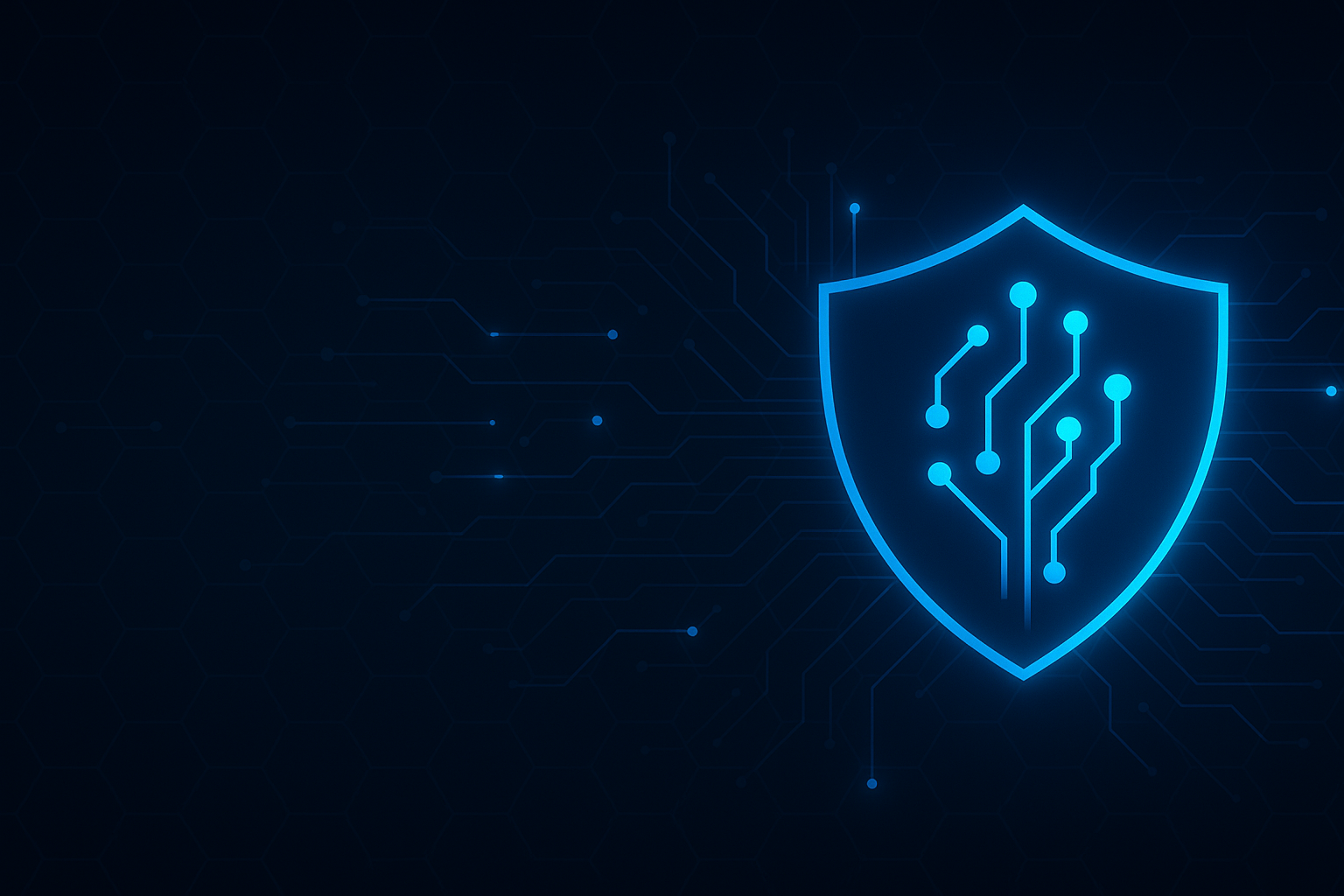I wrote last month that AI has made it easier than ever to produce code—and just as easy to produce insecure code. Development velocity has exploded. So have vulnerabilities. We’re now writing, generating, and deploying software faster than most organizations can secure it.
The result is what I called a growing pile of security debt—issues deferred in the name of progress, adding compound interest every sprint. The old way of managing security simply can’t keep up.
For years, enterprises tried to solve this by stacking more tools. One for static analysis, one for dependencies, one for APIs, one for containers. Each with its own dashboards, reports, and risk scores. Together they created more noise than insight.
Now the tide is shifting. Platforms like Checkmarx One are gaining traction because enterprises are realizing that fragmented tools don’t scale. Perhaps this is the beginning of the end for AppSec silos.
From chaos to clarity
Every security tool was built with good intentions: find problems before attackers do. The trouble is that when hundreds of findings arrive from disconnected systems, no one has the context to separate what’s urgent from what’s irrelevant.
I’ve seen this play out across industries. Developers ignore alerts they don’t understand. Security teams chase duplicates. Management assumes “coverage” equals protection. Meanwhile, the actual risk keeps growing beneath the surface.
Unified AppSec platforms address this by pulling code, dependencies, infrastructure, and APIs into a single ecosystem. Instead of treating each layer as an island, they correlate everything—and in doing so, they start to reveal what really matters.
AI makes the difference
AI isn’t a magic wand, but it’s the first real breakthrough in how AppSec data is used. Traditional scanners are great at pointing out flaws, not at judging which ones matter. AI fixes that by adding context.
Machine learning models can understand whether a vulnerability is buried in unused code, exposed to the public internet, or connected to sensitive data. They can trace exploitability across modules and prioritize based on impact. In other words, they turn information into intelligence.
That shift—from detection to decision-making—is what makes these new systems so powerful. Developers get actionable results instead of alarm fatigue. Security teams can finally focus on risk reduction instead of report triage.
The enterprise inflection point
Checkmarx recently announced that the Checkmarx One platform has exceeded $150 million ARR in less than three years. The milestone is more than a press release. It’s a reflection of what’s happening across the enterprise landscape. Companies that once relied on a dozen niche tools are consolidating around unified, AI-driven platforms that integrate directly into CI/CD pipelines and IDEs.
You can’t protect what you can’t see, and fragmented visibility is the Achilles’ heel of modern software security. The organizations getting this right aren’t doing more scanning—they’re doing smarter scanning, guided by context and automation.
Security debt and the AI coding boom
When AI began writing code at scale, it didn’t just speed up development—it accelerated the accumulation of security debt. Every generated line of code has the potential to inherit flawed patterns, unchecked logic, or insecure dependencies. Humans can’t manually audit that volume, and disconnected tools can’t see the bigger picture.
That’s why unification matters.
A single platform can track lineage from AI-generated snippets to deployed microservices, identify vulnerabilities early, and provide developers with real-time guidance. Security should be a feedback loop, not a roadblock.
Security that fades into the background
The best security doesn’t shout. It just works.
That’s where this is heading—security that’s built in, not bolted on. Unified AppSec platforms will eventually become as invisible as continuous integration: always running, always learning, always improving.
When that happens, we’ll finally have a model that scales with the pace of development instead of lagging behind it. AI-driven context will make it possible to secure what we create as fast as we create it.
The bottom line
The AI coding boom exposed how fragile our approach to security really was. It forced a reckoning with the limits of human oversight and the inefficiency of tool sprawl.
The end of AppSec silos is about rethinking how we build trust into software from the first line of code to the final deployment. We’ve spent decades building tools that find problems. The next decade will belong to systems that understand them.


